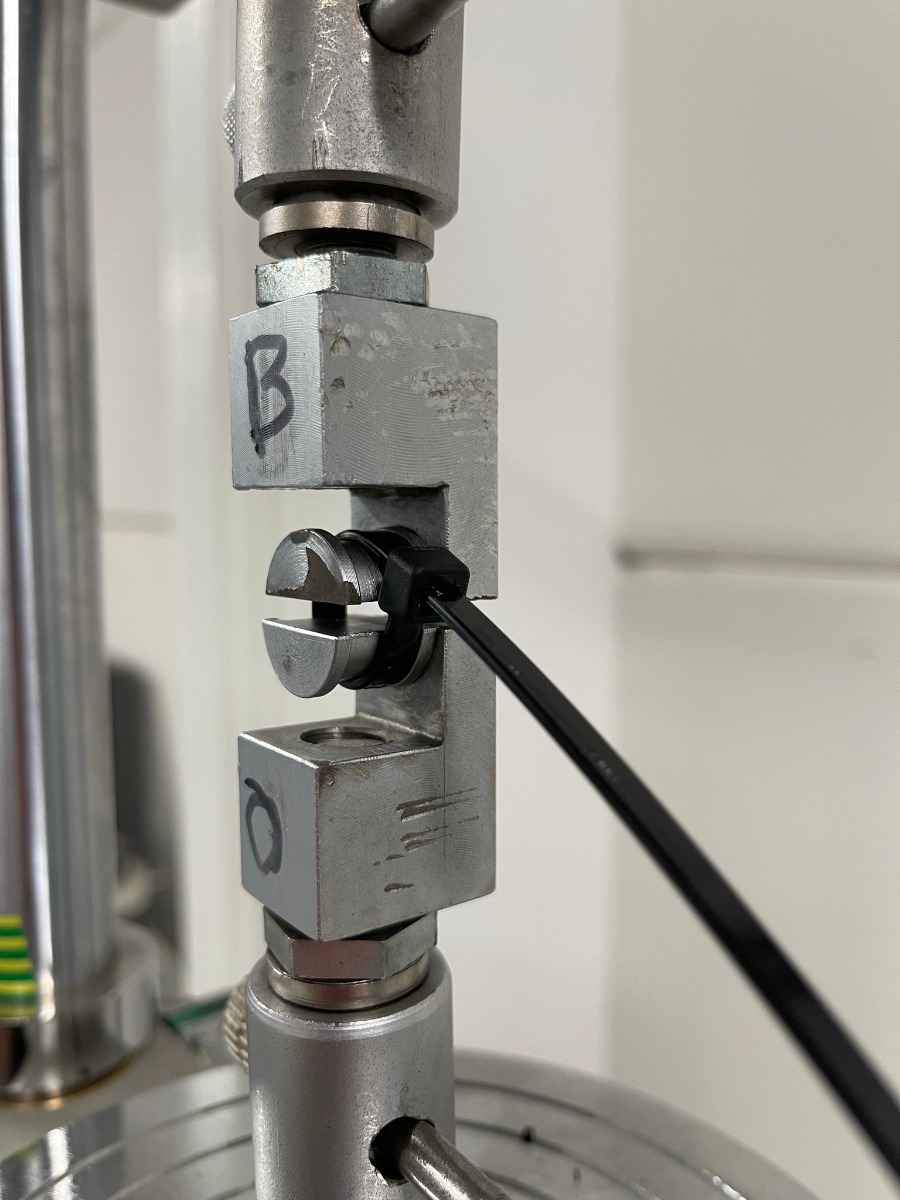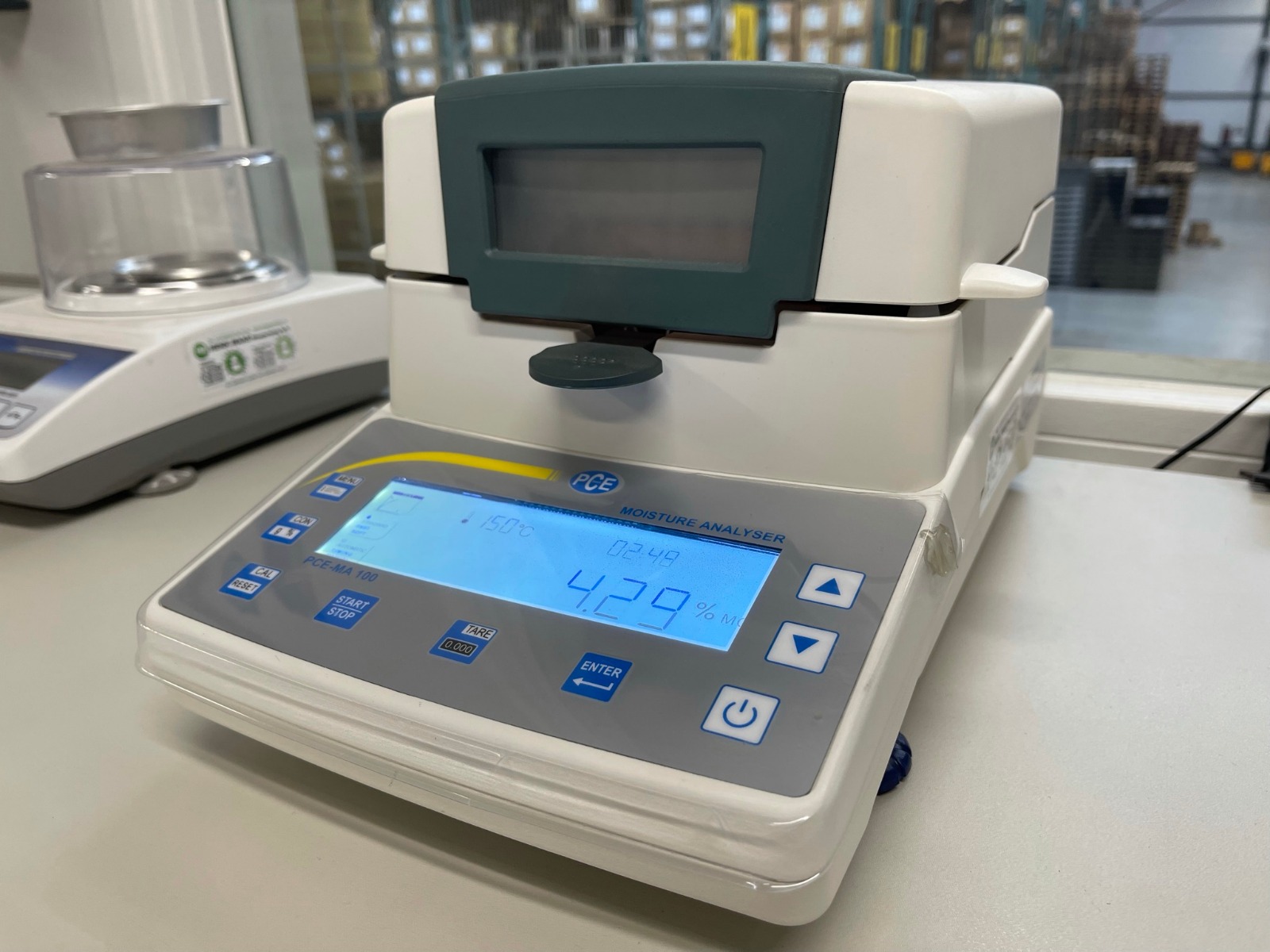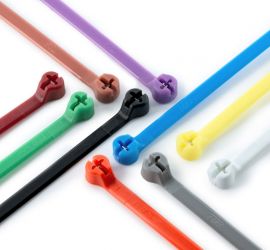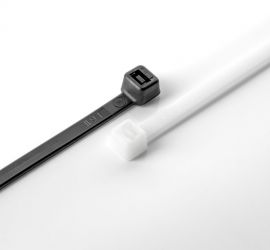Our cable ties always have to meet the highest quality standards. Therefore, we test a few random cable ties out of every batch of cable ties that is delivered to us. By doing so, our customers are guaranteed of receiving products of the highest quality. But how do we test our cable ties? Read it in this blog!
How we test our cable ties
Different types of cable ties have, in addition to different sizes, certain properties which make a type of cable tie unique from other types. However, all of our cable ties have two properties that are common for all of our cable ties: the tensile strength and the moisture content. The specific tensile strength a certain type of cable tie can withstand, and the moisture content of a cable tie, differ per cable tie type.
Measuring and testing the tensile strength of the cable tie
The tensile strength of a cable tie is of great importance: when the tensile strength is insufficient, then this can result in dangerous situations. When used, cable ties are often exposed to multiple forces, When the tensile strength is then insufficient, the cable tie does not meet the quality requirements. The tensile strength normally depends on the strength of the locking barb in the head of the cable tie: when the forces applied to the cable tie become too large, the locking barb breaks.
The tensile strength is tested using a machine which has especially been designed for this purpose. The cable tie is looped around to semi-circles – see picture. In doing so, the way in which a cable tie would normally be used is simulated.
Next, these two semi-circles move away from each other, stretching the cable tie in the process – and applying serious force on the locking barb in the head of the cable tie. Does the cable tie break in another place than the locking barb? Then, the cable tie has serious quality issues and will be rejected. The maximum tensile strength that the cable ties withstood during the test, is shown on the display on the machine. When the tensile strength is too low (the cable tie broke when a force was applied which is lower than is the standard for that type of cable tie), we contact the manufacturer and reject the batch.
Measuring and testing the moisture content of the cable tie
The moisture content of a cable tie has an influence on the tensile strength of the cable tie. It is, therefor, important that the moisture content of a cable tie is at a certain level.
For this reason we expose our cable ties to certain temperatures, in order to measure the moisture content of the cable tie. To do this, we use an oven which is especially suited for these kind of tests. When the moisture content in a cable tie is too low, the plastic becomes brittle and the risk of cable tie breaking increases. The oven measures the moisture content, an displays the result on a screen. Using these results, we can guarantee the correct moisture content in our cable ties.
Cable ties in the oven, to measure the moisture content
By doing these quality controls, we can guarantee that our cable ties meet the promised quality requirements. Does a customer of us have doubts with regards to the quality of our cable ties? Then we will make sure to test the batch that the customer sends to us, so that we can review the quality of the cable ties and, if necessary, can give feedback to our manufacturers. By doing so, we can ensure that our cable ties meet the highest quality standards.
View our full range of cable ties here.
Curious what the testing process looks like? Watch it in the video below!
























